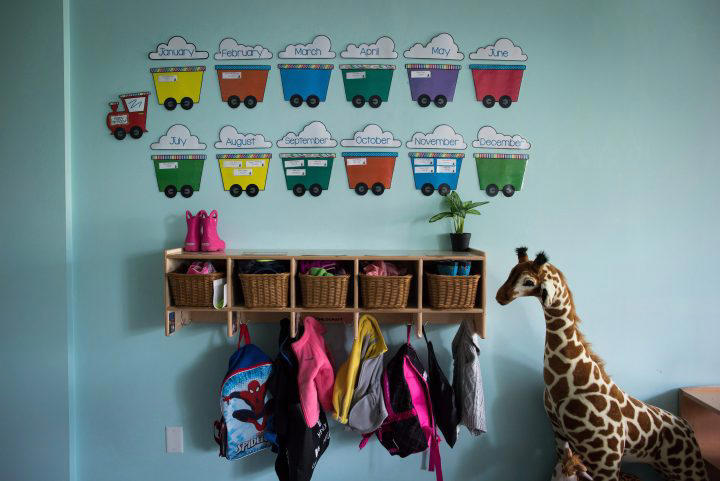Experts rebuke politician's claim supervised drug sites 'destroy' cities
Story by The Canadian Press •
The warning was apocalyptic: Bringing a supervised drug-use site to Woodstock "would destroy the city," a civic politician there declared.
In a 4-3 vote, Woodstock city council last week nixed the idea of allowing a site where drugs can legally be consumed under medical supervision, despite pleas by public health authorities that such a facility – increasingly common in Ontario – is needed to help curb the deadly toll of opioid drugs in the Southwestern Ontario city of 40,000.
Coun. Deb Tait's language equating such facilities with higher crime rates around them hit a level the other opponents did not, inviting fact-checking follow-up questions about her assertion.
"The crime is off the scales around these places," Tait said during the council debate. "Talk to any police officer in a city that has them, and it's at least a six-block radius (that's affected).
"It would destroy the city."
Tait said later she has no facts to back up her claim, but relied on what police officers from London and Brantford – she wouldn't identify them – told her.
"I don't have statistics," she said in an interview. "That came from the police forces that I talked to."
London has had a supervised drug-use site since 2018, when an emergency centre opened. Another site is proposed in Brantford.
Often controversial when they first arrive to a community, the sites divide many people into two camps.
Related video: Advocates frustrated by ‘State of Indecision’ around drug use sites (WWLP Springfield) Duration 2:06 View on Watch
Proponents argue they're an effective way to reduce harm in the teeth of an opioid drug crisis, saving lives by allowing people who might risk deadly overdoses to consume drugs under medical supervision.
Critics, on the other hand, see the centres as enabling addicts and some go even farther, arguing anything that attracts drug users will also draw in those who prey on them, driving up nearby crime.
Megan Van Boheemen of the Regional HIV/AIDS Connection, who works at London’s supervised drug-use site, said she knows of no statistics to support Tait’s assertion about higher neighbouring crime rates.
“That's not accurate in our experience,” Van Boheemen said. “I have children that attend (H.B.) Beal personally, and many of them (students) aren't even aware that this exists here. It's not an issue.
“I've not seen it. I've not heard that. I'd be open to reading it if somebody wanted to share that, but we have not had that experience."
Earlier this month, Ontario paused approval of new supervised drug-use and treatment sites pending a review of all such sites after a 44-year-old Toronto woman was struck and killed by a stray bullet near an east-end Toronto facility.
Studies in scholarly journals, and government reviews and discussion papers, have been done in Canada and elsewhere exploring drug-use sites and crime, often finding either no change in criminal activity near them or a need for more study.
One expert in the United States, widely published on substance abuse and treatment, said supervised drug-use sites are often found in areas with high crime rates – but there's no proof they cause the crime.
“Most studies that have looked find that crime does not change in response to the opening of these sites,” Keith Humphreys, a professor of psychiatry and behavioral sciences at California's Stanford University, wrote in an email exchange.
“There is one study that showed a rise, and one that showed a drop, and all the rest show no change. On balance, then, I think we should expect no change in crime when one opens,” said Humphreys, who was a drug policy advisor to former U.S. president Barack Obama.
In Canada, only government-sanctioned drug-use sites are allowed and communities where they locate usually have to approve needed rezoning.
Last week's vote essentially kills the possibility of one opening in Woodstock, even before the area public health office could complete its research into how it would help reduce the opioid drug toll.
One politician who voted to keep the door open to one said she's troubled that needed research won't continue.
“Unfortunately, this motion (that passed) is answering a question that hasn't even been asked yet,” Coun. Bernia Martin said. “That's what the biggest frustration is. It’s saying stop the study, because we don't want this in the downtown. Well, we haven't even determined if it's going to be, (or) could be in the downtown."
- With file by Canadian Press
bwilliams@postmedia.com
Twitter.com/BrianWatLFPress
Brian Williams, Local Journalism Initiative Reporter, London Free Press






